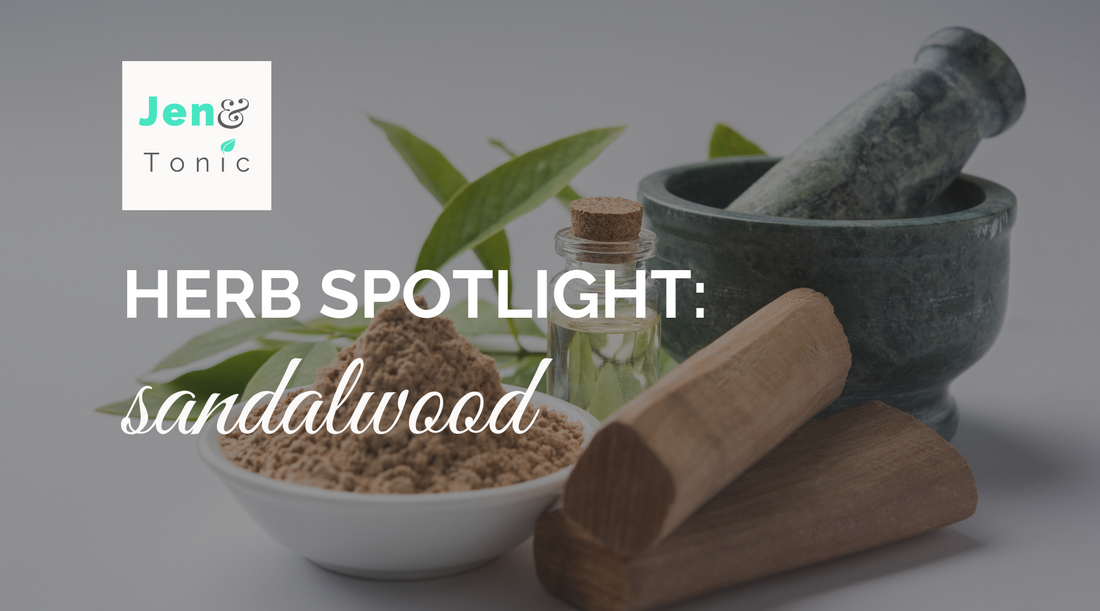
Herb spotlight: sandalwood properties, uses, and lore
Sandalwood is one of the most expensive and most common perfume ingredients in the world. Sandalwoods retain their fragrance for decades, while many "false" sandalwoods fade much more quickly. Sandalwood is a slow-growing tree, with most trees taking over 15 years to generate the scent-rich oil that we all value. And doe to its high demand, it has been extremely overharvested.
Sandalwood is closely related to mistletoe.
Interestingly, over time the distinction between "true" sandalwoods (in the Santalum family) have become more equitably esteemed, whereas Hawaiian and Australian sandalwoods, in particular, used to be considered inferior to the sandalwood trees that were grown in India.
Because of the vast overharvesting that sandalwoods have been through, there have been many developments in recent years to where the scarcity of actual sandalwood will diminish soon. There have always been ethical concerns over the harvesting of white sandalwood, which is the most prized wood of the species. Although there are plans in place to mitigate overharvesting and increase production of white sandalwood in India, other regions growing the same species have their own unique challenges to the process.
If you are looking to purchase sandalwood oil, make sure you are getting a true sandalwood, and not a false equivalent. Yes, it is significantly more expensive (to the point of being cost-prohibitive), but the scent is unmistakable and you are also helping to ensure that the laborers who produce the oil are being treated fairly.
Sandalwood oil is generally considered safe to use on the skin, and is used in many cosmetic applications. It is also safe to eat, and there are some innovative chefs who are incorporating the nuts as replacements for macadamia nuts in some bush food recipes. The bark, particularly from red sandalwood, is used to pickle fish in Scandinavian cuisines.
